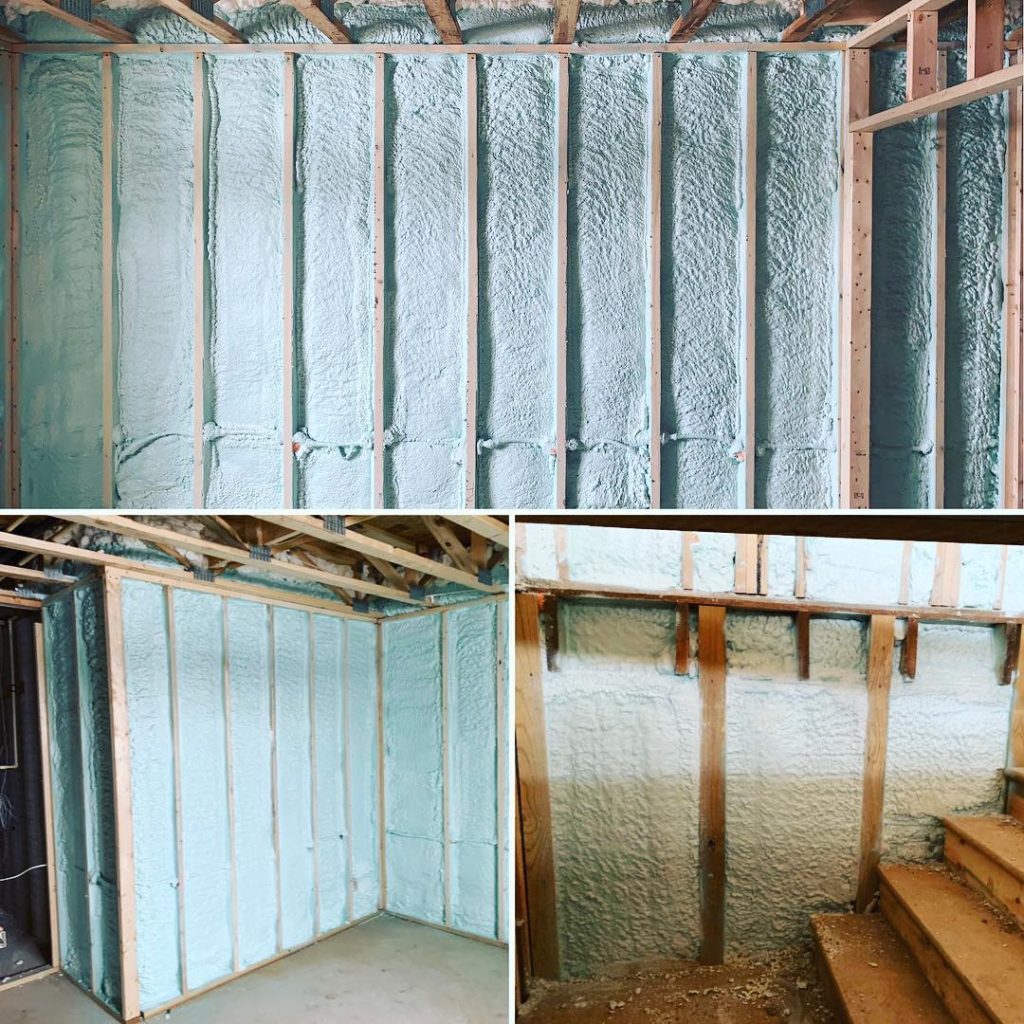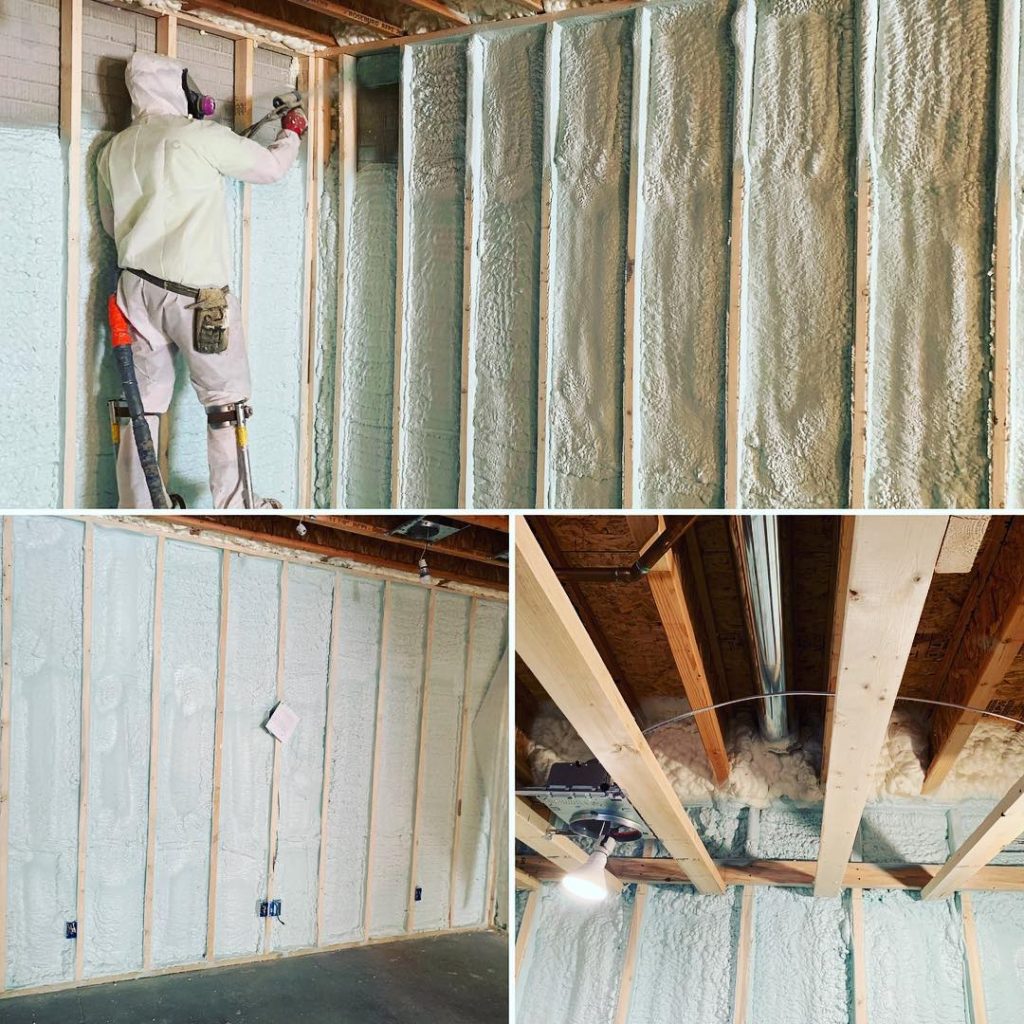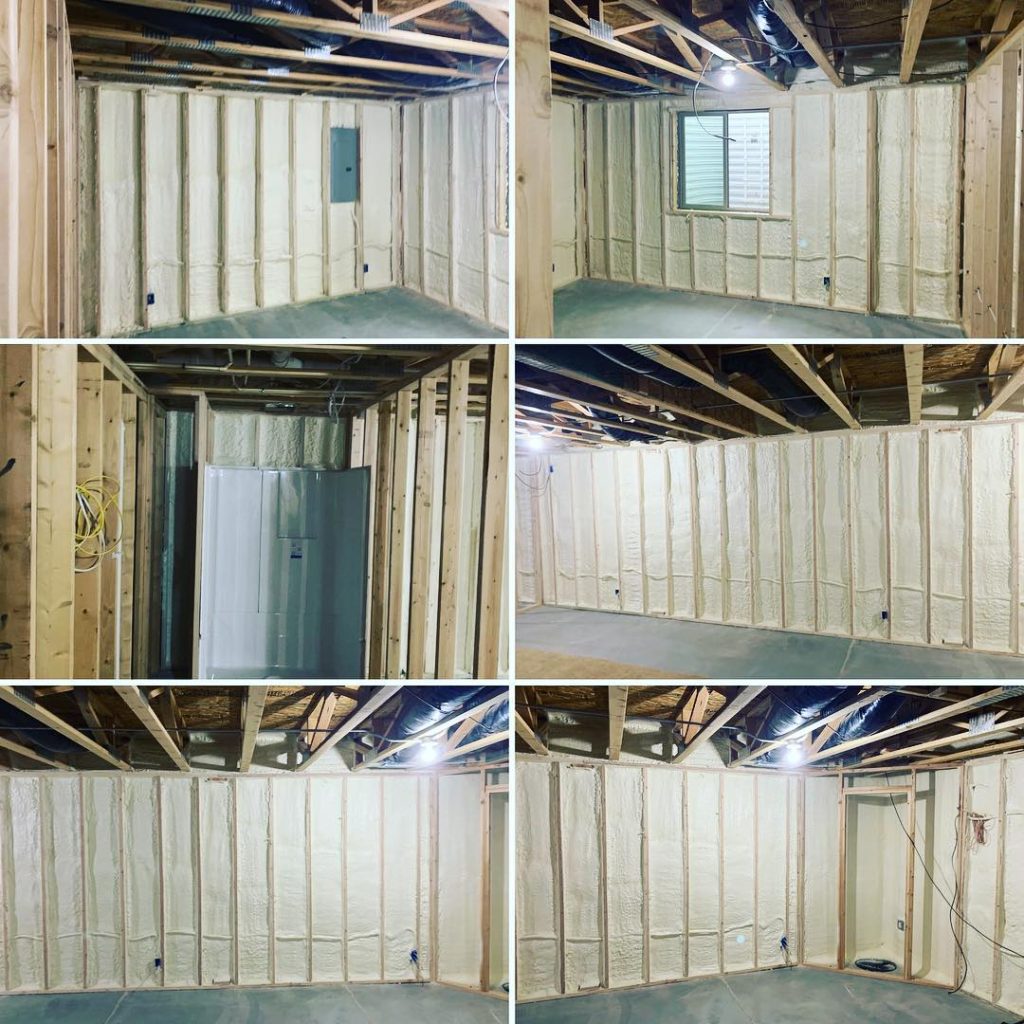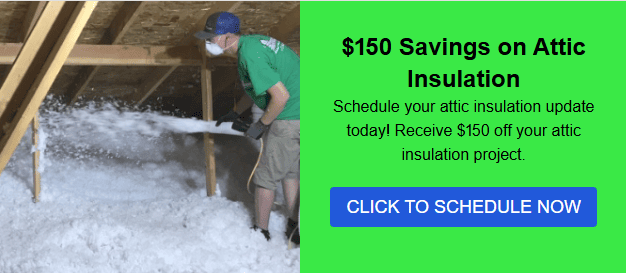CLOSED-CELL FOAM INSULATION



Closed-cell Spray Foam Installation
At Omaha Spray Foam, our experts will ask you what you want, visit your home, and ascertain all the details of your particular project before making any decisions regarding materials. They will then inform you of all the options available to you before beginning the insulation process. As such it is best if you have a cursory knowledge of the different types of materials available.
Fitting your house or commercial building with spray foam insulation is harder than you may think. It involves more than simply spraying foam from a bottle onto a surface. You need to use the right products the right way to get it done effectively. And messing it up means spending a lot of money repairing it. Once the foam is set, you have to remove it if a mistake was made and re-spray.
Removing insulation is a complicated, time-consuming process and you can’t simply let it be. Our professionals have years of experience and have an outstanding success rate. We deliver every time. Hiring Omaha Spray Foam means not worrying about missed cracks or improper installation.
Additionally, when you’re fitting your home or building with spray foam insulation, there are certain legal regulations you need to follow. These restrictions vary from state to state and depend on a term called R-value.
Highest R-valuE
Less Expansion
Spray foam application involves the process of expansion after application. The foam expands and hardens to block holes and control air circulation. One inch of expansion generally provides an R-value of seven. However, the rates of expansion vary, with closed-cell foam expanding by one inch and open-cell foam expanding by three inches.
As a result of this closed-cell foam can be layered to provide greater insulation. But, open-cell foam can only be applied once. The better the insulation the more you save on heating and cooling costs. Moreover, in places with extreme weather conditions and temperature changes open cell does not provide adequate insulation.


